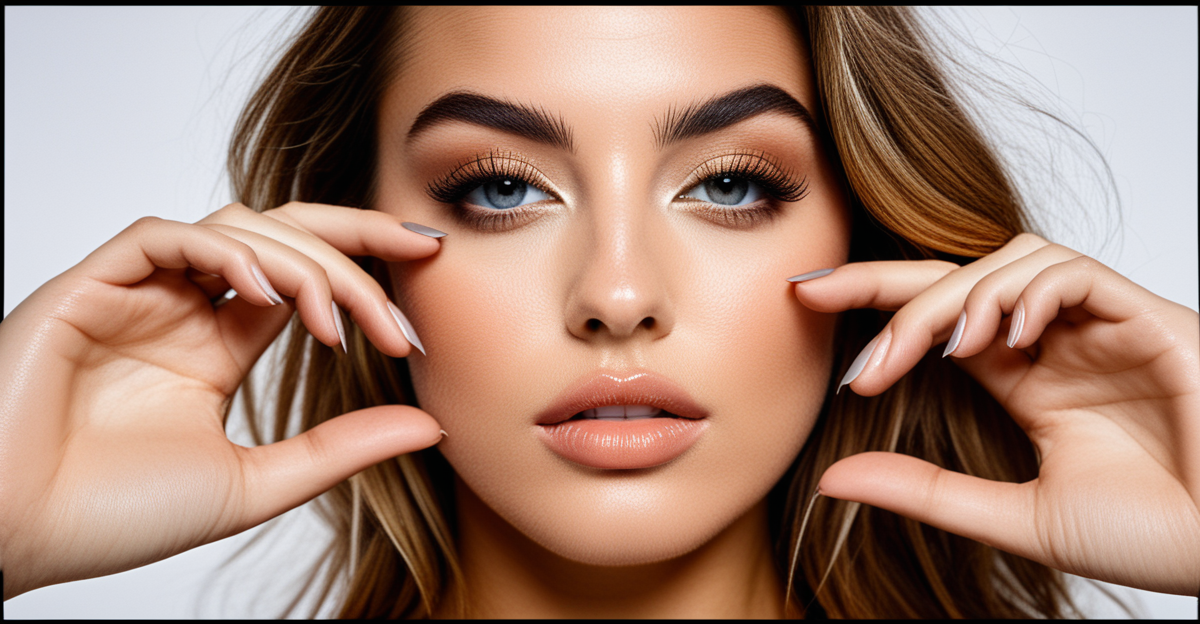UK Women’s Fashion Trends Shaping Body Positivity
In recent years, UK women’s fashion has played a pivotal role in redefining body positivity by embracing diversity and self-acceptance. British fashion trends increasingly reflect an inclusive mindset, showcasing a broad spectrum of shapes, sizes, and styles. This shift challenges outdated beauty standards and encourages women to celebrate their unique bodies.
Leading British design houses and high street brands are notably proactive in incorporating inclusive fashion lines. High street retailers in particular have expanded size ranges to accommodate a wider body diversity, offering styles that prioritize comfort without sacrificing style. This approach not only caters to more customers but also reinforces the message of self-acceptance.
This might interest you : How Can Vintage Fashion be Incorporated into Modern UK Women’s Wardrobes?
Emerging trends highlight the use of adaptive fabrics and versatile cuts suited to various body types. Additionally, bold prints, oversized silhouettes, and gender-neutral options are on the rise, illustrating the industry’s commitment to inclusivity. These UK fashion developments work in tandem with evolving cultural attitudes, making body positivity an integral part of everyday dressing and empowering women to embrace their individuality with confidence.
Body-Positive Movements Within the UK Fashion Industry
The body-positive movement within the UK fashion industry has gained remarkable momentum, shaping narratives around self-acceptance and positive self-image. Major campaigns led by prominent British brands and activists promote inclusivity beyond mere aesthetics. These initiatives actively challenge traditional norms, advocating for representation across diverse body shapes and sizes.
Topic to read : Why Are British Women’s Fashion Choices Making a Global Impact?
Influential figures—including designers, models, and social media icons—play crucial roles in amplifying the movement’s message. Their visibility helps shift public perceptions while encouraging brands to incorporate authentic stories of body diversity. This collaboration between activists and industry stakeholders fuels a more inclusive ethos throughout British fashion.
Runway shows and editorial spreads now feature a broader range of models, reflecting real-life diversity rather than idealised standards. This visibility resonates with consumers, fostering mainstream acceptance of varied body types. It also solidifies the UK fashion industry’s commitment to celebrating individuality through tangible representation. In sum, the body-positive movement in UK fashion operates as a powerful force, intertwining activism and style to reshape cultural dialogues around beauty and self-love.





